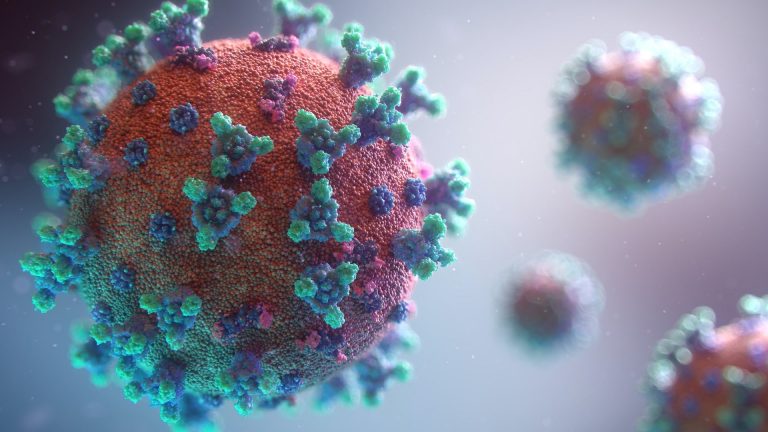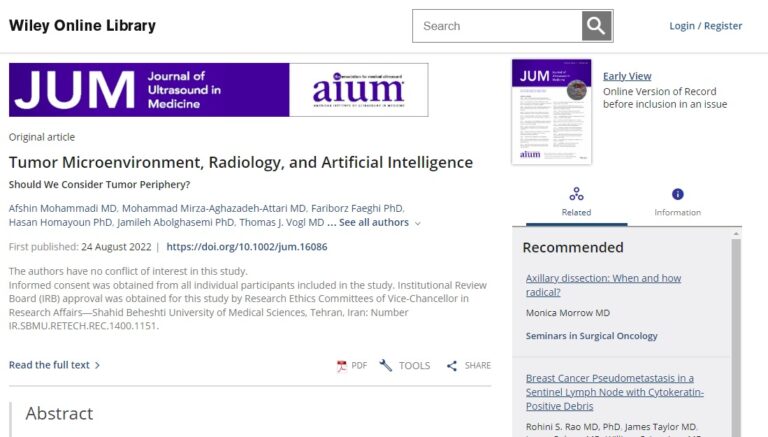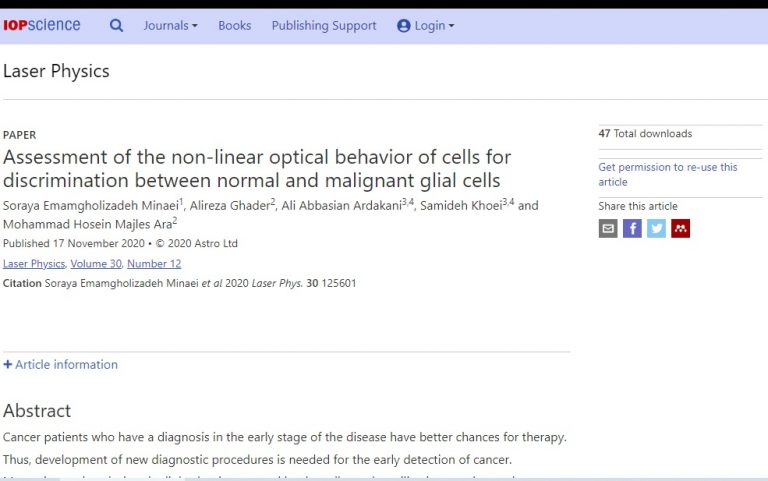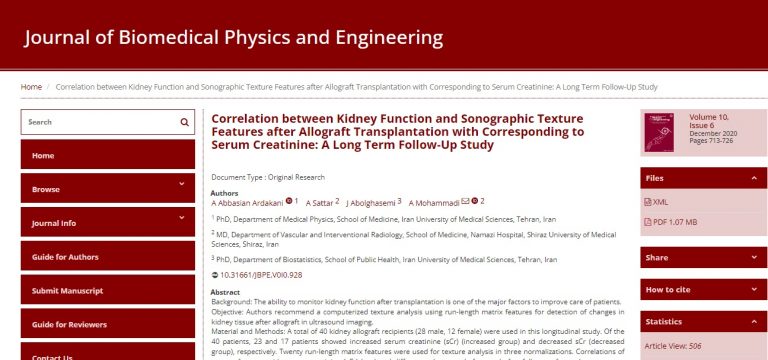Quantitative Analysis in Medicine Biology
Research for Better Life
What we do?
The main goal of the QAMEBI research group is to use artificial intelligence to improve the radiologists’ understanding of conventional medical imaging, and help them make better diagnoses. Besides, we are studying on bio-engineering approaches like optical methods that become a hot and up-and-coming procedures to introduce new endpoints and shed light on microscopic interactions. The QAMEBI research group is not affiliated to any organization or company.
About our people
Ali Abbasian Ardakani received his Ph.D. degree in Medical Physics in 2018 from Iran University of Medical Sciences (IUMS) with a specialization in medical imaging and utilization of artificial intelligence in radiological diagnosis …
- B.Sc. in Optic & Laser Engineering (2008-2012)
- M.Sc. in Medical Physics (2012-2015)
- Ph.D. in Medical Physics (2015- 2018)

COVID-19 Diagnosis
The COVIDiag software has been introduced to diagnose COVID-19 cases based on CT findings.

Tumor Microenvironment, Radiology, and Artificial Intelligence, Should We Consider Tumor Periphery?
In the present study, we investigate the diagnostic potential of the TME in differentiating benign and malignant lesions using image quantification and machine learning…

Assessment of the non-linear optical behavior of cells for discrimination between normal and malignant glial cells
The key hypothesis behind this research was the application of the Z-scan method to progress the precision of detecting the C6 glioblastoma multiforme cancer cells and the OLN-93 normal glial cells….

Correlation between kidney function and sonographic texture features after allograft transplantation with corresponding to serum creatinine: a long term follow-up study
Authors recommend a computerized texture analysis using run-length matrix features for detection of changes in kidney tissue after allograft in ultrasound imaging…
